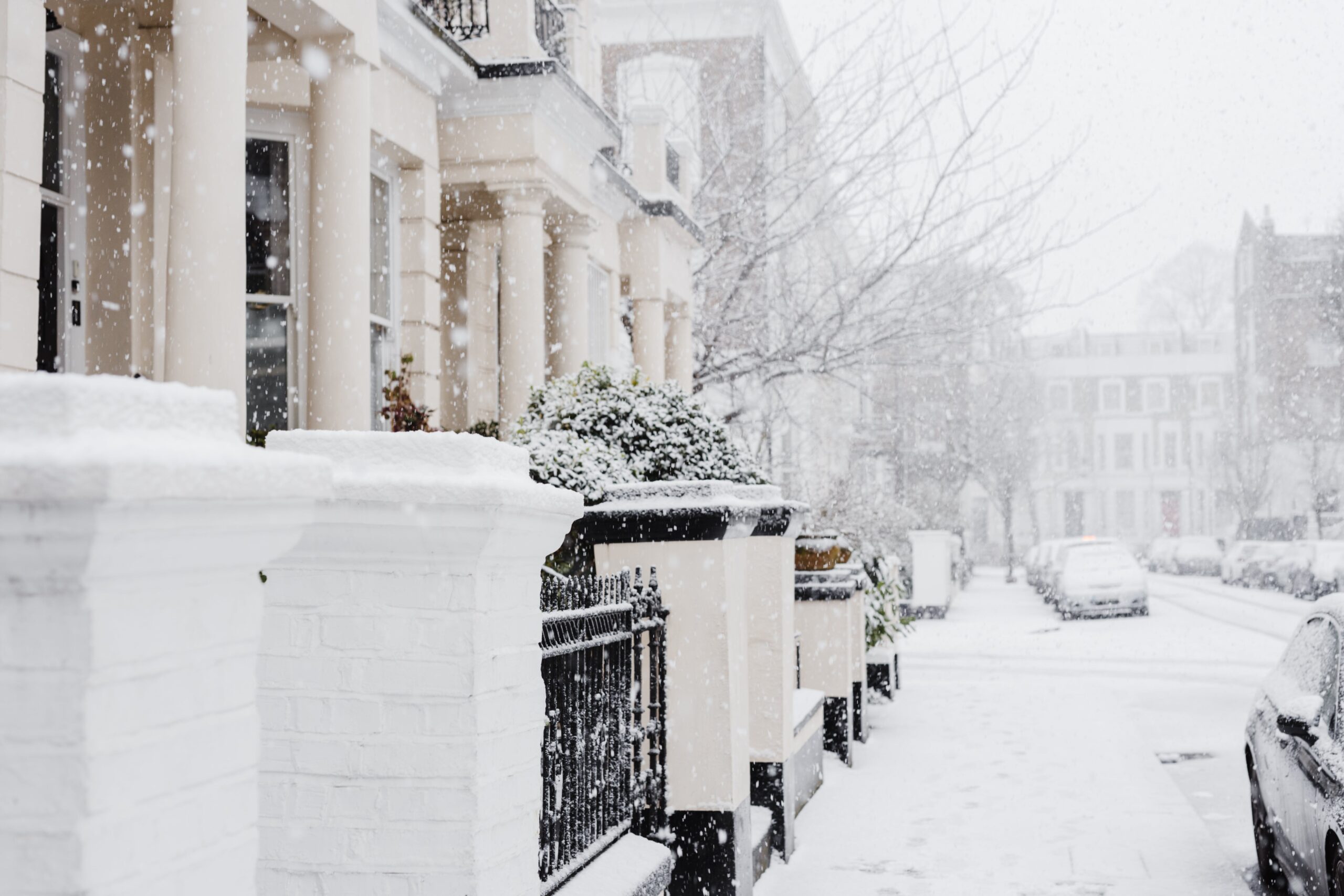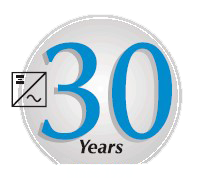Sine wave inverters are workhorses in off-grid power, transforming DC battery power into clean, stable AC electricity. But can you trust them during the subzero temperatures?
The answer is mostly yes but with a few precautions.
3 Factors Affecting Inverter Performance in Subzero Temperature
As temperatures drop, these three factors can affect your inverter performance:
1. Reduced battery capacity
Cold temperatures sap the life out of batteries, limiting their available power and potentially reducing the inverter’s output capability.
2. Increased viscosity of lubricants
In extreme cold, lubricants in fans and moving parts can thicken, increasing friction and heat generation.
3. Decreased efficiency of electronic components
The performance of transistors and other components can degrade at lower temperatures, impacting efficiency and potentially causing overheating.
4 Ways How Sine Wave Inverters Handle Subzero Temperatures
Fortunately, inverters can cope with these challenges and continue working even in extreme colds. Here’s how:
1. Temperature-tolerant components
They contain components rated for lower operating temperatures, ensuring functionality even in harsh conditions.
2. Thermal management systems
Their fans and heat sinks effectively dissipate heat generated during operation, preventing overheating and component damage.\
3. Cold temperature derating
Some inverters automatically reduce their output power in extreme cold to protect themselves and conserve battery life.
4. Battery pre-heating
In some advanced models, pre-heating circuits can gently warm the battery before use, improving its capacity and inverter performance.
3 Ways To Enhance Inverter Efficiency During Extreme Cold
While these inverters can handle the cold, remember three key points to enhance their efficiency during extreme cold:
1. Check the manufacturer’s specifications:
Each inverter has its minimum operating temperature. Never operate a device exceeding its rated range.
2. Reduce loads
Cold temperatures and reduced battery capacity indicate the need to prioritize essential appliances and avoid overloading the inverter.
3. Monitor performance
Monitor the inverter’s output and battery levels in extreme cold to ensure safe operation.
The proper understanding and precautions lead to the efficient use of sine wave inverters even in subzero environments.
Check out Exeltech for the perfect inverter to use in sub-zero conditions!





